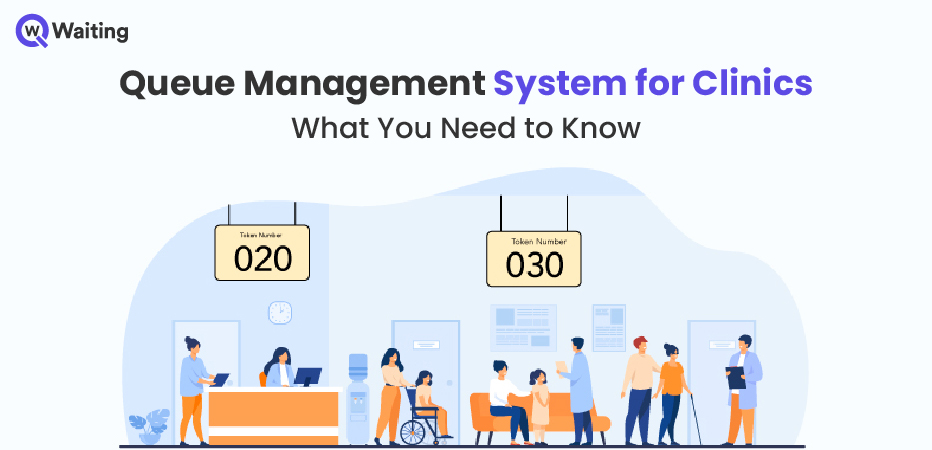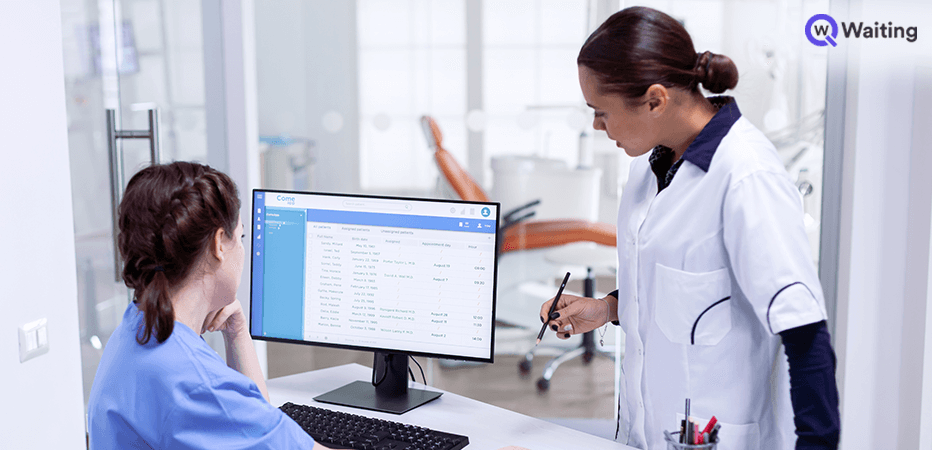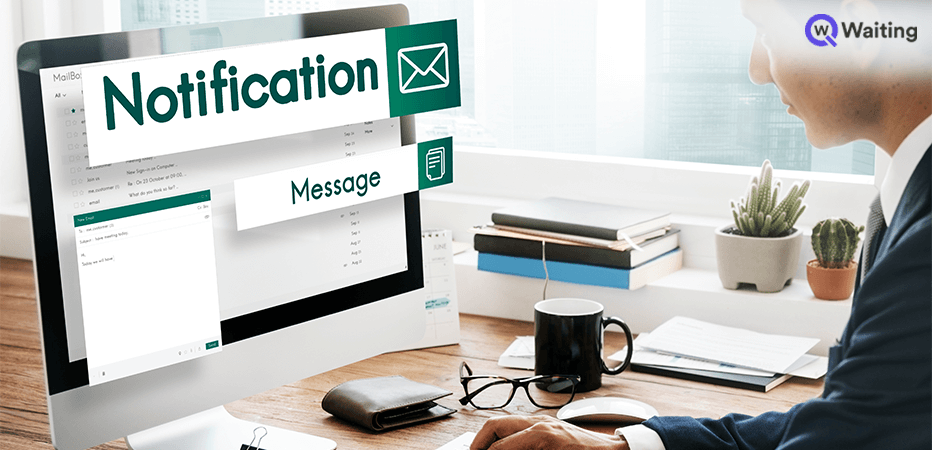
Clinics and medical facilities often struggle with long wait times, overcrowded waiting areas, and frustrated patients. Inefficient queue management can lead to patient dissatisfaction, reduced staff productivity, and a negative impact on the clinic’s reputation. To address this challenge, many clinics are turning to patient queuing software to manage the heavy flow of patients seamlessly. It helps to streamline the patient journey from check-in to check-out by automating and optimizing the queuing process.
In this article, I’ll discuss the benefits of a queue management system for clinics and how it can improve patient satisfaction & operational efficiency.
What Is Patient Queuing Software?
Patient queuing software is a solution used in healthcare clinics to efficiently manage patient flow & waiting times, with the aim of improving patient experience. With queuing software, patients are assigned a queue token number upon arrival. They can easily track their real-time progress either on digital signage or through their mobile devices. Eventually, this provides patients with an idea about how long they may need to wait, which helps to reduce their anxiety and frustration.
How Healthcare Centers Can Make Use Of Queuing Systems?
A queue management system for clinics provide a more efficient, effective, and satisfying patient experience while optimizing staff productivity & improving overall operations. Here are some ways healthcare centers can utilize a patient queuing system:
Allow Patients To Self-check-in And Check-out

One effective way to utilize queuing systems is to allow patients to self-check in and check out. It might be done through the use of kiosks, mobile apps, or websites. Patients can use the kiosks or mobile app to check themselves in for their appointment by entering their names and other medical information. It helps streamline the check-in process and reduce the need for paperwork. By allowing patients to check in & check out on their own, healthcare centers can reduce the time spent by staff on administrative tasks. This can free up staff to focus on patient care and boost overall productivity & efficiency.
Display The Status Of The Patient Queue
It is crucial for patients to monitor the status of their tickets once they have joined the virtual queue. This can be achieved by integrating patient queuing software with digital signage screens throughout the facility. It includes the areas such as reception, waiting rooms, emergency departments, and cafeterias. Consequently, patients have access to a unified platform that allows them to track their virtual tokens wherever they are. It provides patients with a clear understanding of their place in the queue line with an estimated wait time.
Manage Patient Appointments Efficiently

A queue management system helps healthcare facilities manage patient appointments more efficiently. The software can identify the type of patient appointment, whether it’s a daily checkup or an emergency care visit. This information helps prioritize appointments based on urgency, so other patients don’t have to wait for a long time.
With a queue management system, staff members can keep track of all the patients in the queue and the total missed appointments. They can update the patient appointment list accordingly. This optimizes the appointment process, ensuring patients receive timely and appropriate care.
Improve Staff Productivity
The deployment of a queue management system for clinics helps optimize staff productivity by automating repetitive administrative tasks. This enables staff members to concentrate on providing quick and quality services instead of spending time managing long patient waiting queues. As a result, patients can enjoy shorter wait times and faster service, leading to a more efficient and effective overall process.
Reporting Analysis

A queue management system can be an effective tool for reporting & analyzing various aspects of patient interactions, including wait times, service levels, & staff performance. This helps to identify areas for improvement and enhance the overall patient experience. Additionally, this system can generate reports related to hospital finances, enabling better management of costs and expenses. Ultimately, these reports can aid in making better decisions and improving the clinic’s bottom line.
Collect Patient Data Accurately
Line queuing software records patient information in its database from where staff members can access it for future use to serve them faster. Moreover, the system has the ability to standardize the patient data collection process. By using a standardized data collection form, healthcare providers can ensure that they are collecting the same information for each patient. This can help prevent errors and ensure that all relevant information is collected. Ultimately, it provides better care to patients.
How Queue Systems Can Improve The Quality Of Care & Satisfaction For Patients In Hospitals?
Proper management of patient flow is crucial to effectively deal with waiting patients. However, implementing a cloud-based queue management system in hospitals has several benefits, ultimately improving the overall patient experience.
Reduce Patient Wait Time

Queue systems help hospitals to manage patient flow more efficiently, leading to shorter waiting times. The system provides patients with real-time information about wait times and estimated service times, which allow them to better plan their time. This ultimately reduces their anxiety and frustration levels by improving the quality of care and patient satisfaction.
Provide The Opportunity To Give Feedback
The patient queueing system provides an opportunity for patients to give feedback on their experience. So, hospitals can identify areas for improvement and make changes to improve patient satisfaction. Furthermore, by actively addressing patient feedback, hospitals can demonstrate a commitment to patient-centered care, which improves patient trust and loyalty. Ultimately, it leads to improved health outcomes and financial success for the hospital.
Send Prompt Notifications

A queue management system assists hospital staff in keeping patients updated on their wait times & notifying them of any delays & changes in their appointments. This shows that the hospital values patients’ time and manages their expectations effectively.
Better Organization
A queue system helps healthcare facilities manage patient flow more efficiently. By utilizing data analytics and insights, hospitals can optimize staffing levels & reduce bottlenecks, which leads to a smoother and more organized patient experience.
Enhanced Safety

A Robust queue system helps to enhance the safety of patients as well as staff. Hospitals can minimize the risk of spreading infection and create a more healthy environment by reducing overcrowding in the facility. Additionally, the system helps to prioritize urgent cases, ensuring that patients with critical needs are seen as quickly as possible.
The Bottom Line
To conclude, integrating a queue system can have a positive impact on the clinic’s operations and patient experience. By improving efficiency and reducing wait times, clinics can increase patient satisfaction, reduce staff stress, and ultimately provide better healthcare services.
